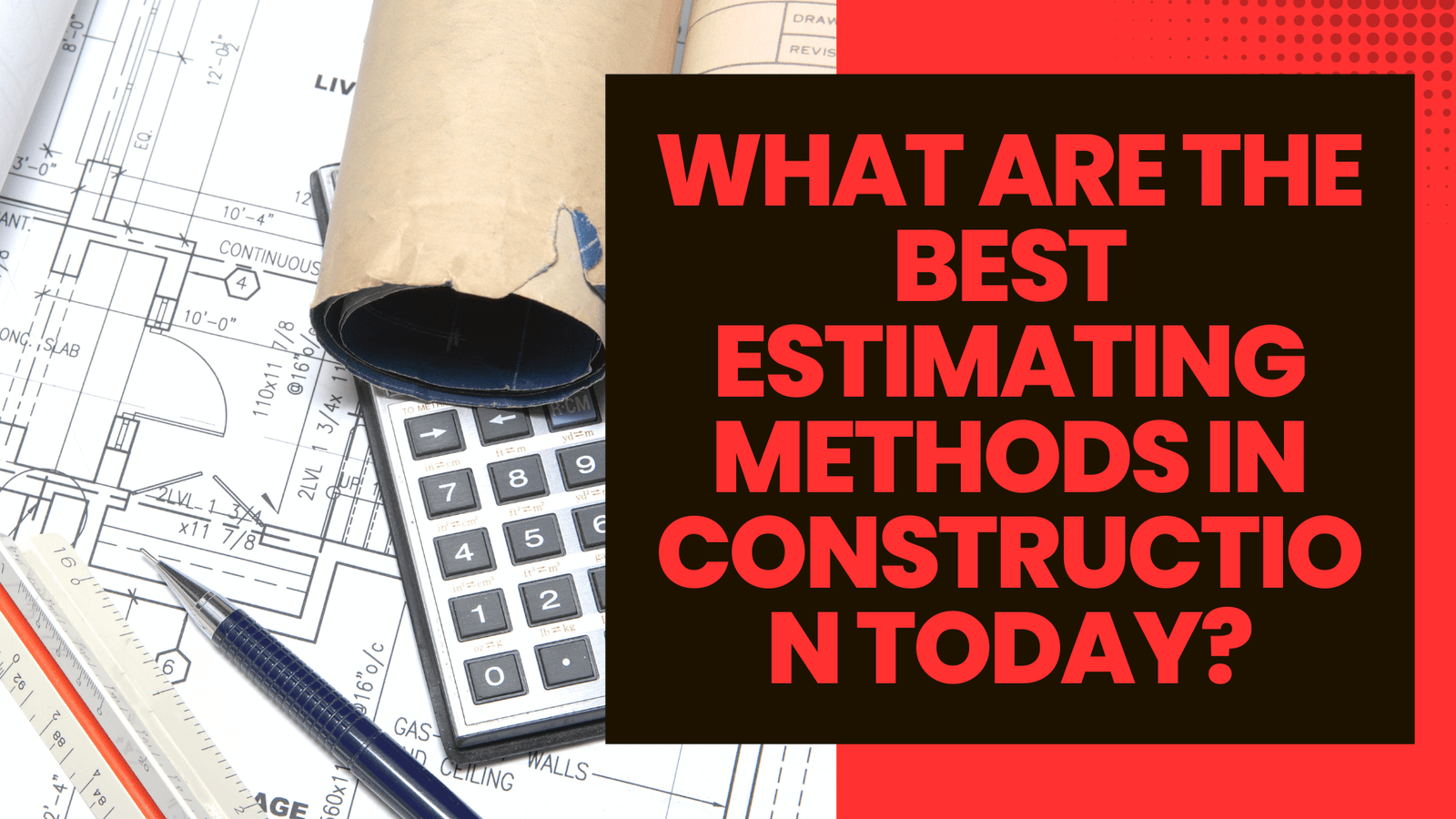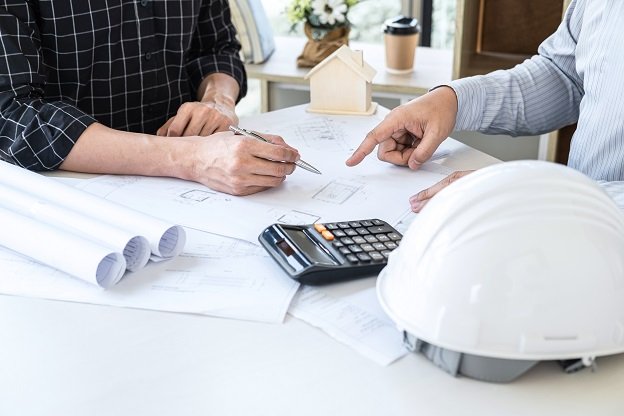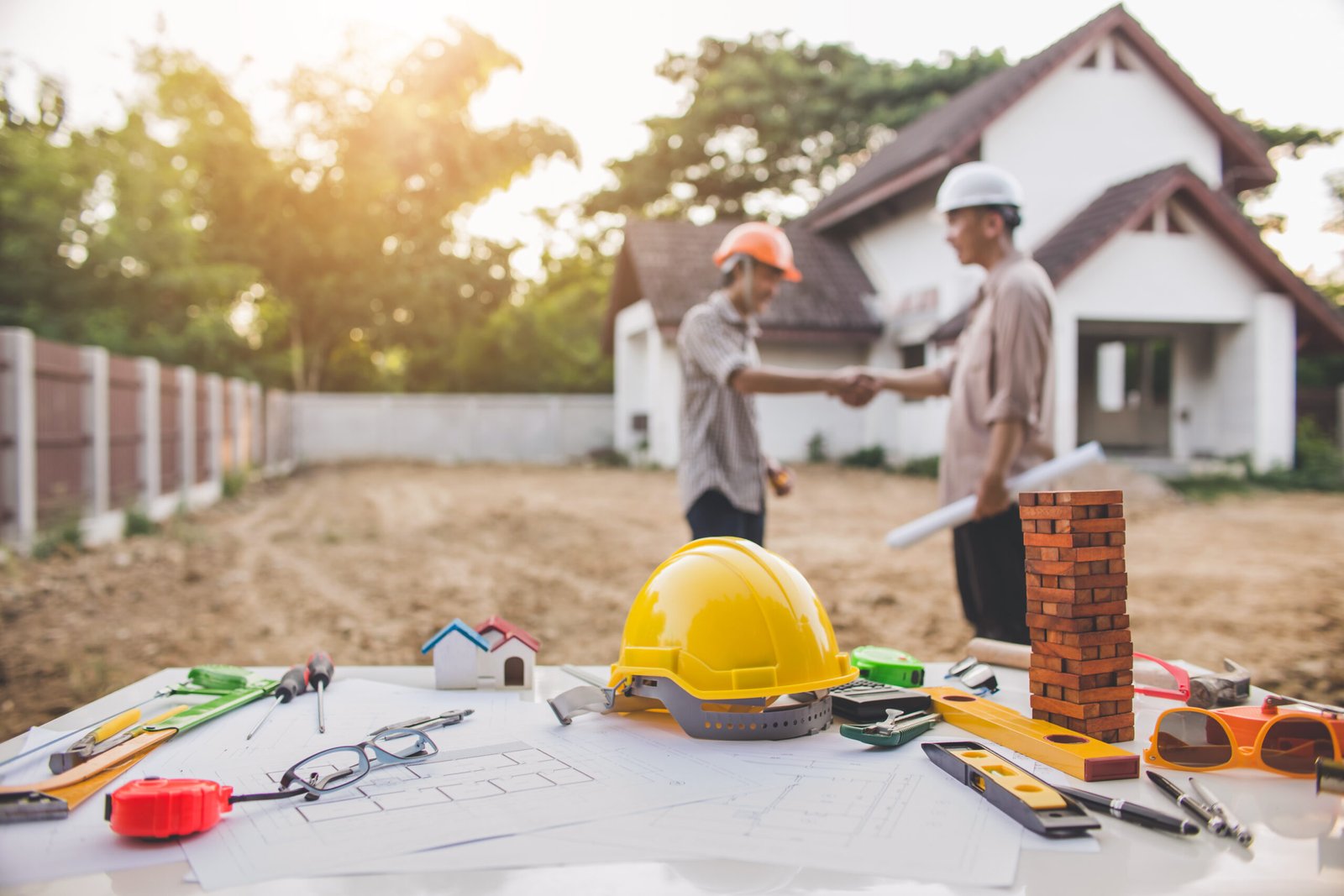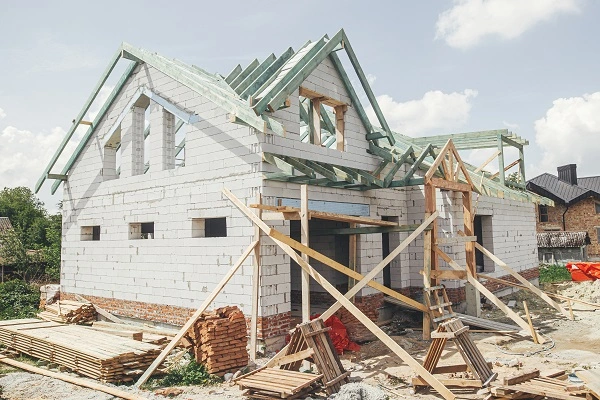Getting an accurate, comprehensive cost estimate is labor-intensive and might take a while. However, its importance cannot be emphasized enough. Project owners use cost estimates to assess the scope and viability of their initiatives and set budgets. These estimates assist contractors in selecting whether to submit a bid for a project. A detailed estimate is the only way to determine the total project costs. Our construction estimating services are one of the best for the task at hand.
One of the most challenging jobs in construction is estimating. However, it is also the most important. The degree to which the projections match the actual project costs and are accurate is sometimes used to predict whether a bid will be accepted or rejected.
Keep reading to learn more about construction estimates and the many kinds of techniques employed by us for clients. The construction industry is a behemoth. The type of construction is vital key information. Without that, cost estimators will not have a single clue concerning the construction project. This will make the estimating process harder. Worse, the cost data will have errors that can force you to make bad decisions.
The key to estimation is accuracy. General contractors must be thoroughly aware of each project’s needs to estimate and ensure that everything is considered successfully. Project scope, construction technique, quantity takeoff, equipment, and labor must all be estimated to determine the cost required to complete the project. The one thing that many lacks is the use of construction estimating software.
The general contractor’s responsibility is to assemble a team that includes all the people and materials required to complete the project successfully. Additionally, it entails contracting out the job to subcontractors and including their costs in the estimate. The purpose of accurate construction cost estimates is to calculate rough costs. This information provides you ways to keep cost control in check. Preparing construction estimates is a different story altogether.
Selecting an appropriate approach for cost estimation
Early in a project, planning includes ensuring it will be financially sustainable. An estimate of the expected costs may assist owners in determining if a project is doable. Therefore, estimates provide the foundation for determining the project budget. Estimating the costs is only viable if the construction documents are complete.
Estimates that are too low might result in negative earnings that the general contractor has to carry. On the other, excessively high estimates run the danger of losing out to a bid with a lower estimate.
From a design standpoint, selecting the appropriate cost estimation technique is essential as it affects the tradeoffs or modifications to the design made during the idea phase. Construction companies use of accurate cost estimation is a common sight. They want to make sure the cost of a project doesn’t become overbearing. Construction cost estimation is beneficial for both small and large commercial construction projects.
Factors That Influence a Construction Cost Estimate
First and foremost, it’s critical to acknowledge that each construction project is distinct.
The unique features of every project distinguish them from one another, and various elements determine a construction project’s overall cost. All of these elements will be considered in a solid estimate.
- Materials
Quantity takeoffs guarantees that the estimate includes every item of building material. Lead times, inventories, taxes, and logistics are also considered. This is all based on the construction of the project.
- Labor
One of the largest costs in any construction project is labor. Thus, a general contractor may suffer financial repercussions if labor is not precisely estimated. The labor computation includes local pay rates, labor availability, and productivity rates. This element also provides vendor outsourcing and subcontractor quotations.
- The past
Because past projects offer historical data that may be highly helpful when projecting the prospective price of a project, estimators frequently consider similar building projects and integrate these into the estimate. Estimators often turn to the cost of similar projects as a source of information.
- Equipment:
The cost of the equipment includes fixed costs like pricing and depreciation. The total cost also accounts for variable expenses like maintenance and gas. To cover costs, general contractors frequently add a margin to rental prices when equipment rental is necessary.
- Site Conditions:
Various topographic, environmental, and geological considerations influence a building project’s cost, including soil quality, weather, and nearby constraints.
- Inflation:
The cost of supplies, labor, equipment, and other items may change during construction. As a result, variations must be factored into the estimate.
- Design Scope & Specification –
A design’s clarity and quality also impact estimates. The general contractor’s subjective cost interpretation results from an unclear and imprecise scope inadequately stated by the design team.
- Backup
Most construction projects employ 5%–10% of the overall budget for contingency planning. That usually takes care of any unforeseen expenses.
- Logistics
Other significant costs that must be considered include site location, transportation, and accessibility to building supplies. For instance, building a construction site on a distant island will be pricier than building one on the mainland.
- Additional Expenses –
These costs are required for construction operations but are not directly connected to the project size. Overhead expenses, site upkeep, security, legal fees, insurance, municipal permissions, and regulatory needs are some examples.
Methods For Busy Contractors To Estimate Costs
When estimating a job, general contractors most frequently use these cost-estimating techniques.
- Analogous Estimates:
This cost-estimating technique is based on comparisons between like projects. Past building projects and historical data are some of the strongest sources of reference for a general contractor to produce an equivalent estimate.
For instance, a 300-bed hotel is the subject of a new proposal. A general contractor can make a similar estimate if they have previously completed a hotel project with the same capacity.
- Parametric Estimation.
Parametric estimating employs unit prices and many factors derived from the averages of multiple projects. The necessary resources for a building project are determined using algorithms or statistical relationships based on past data.
- Three-Point Estimation
This approach involves generating three situations.
“Optimistic” describes the best-case situation. “Pessimistic” is the worst-case scenario, while “Most Likely” is the most result. It’s calculated using statistics and weighted formulae.
- Bottom-up Estimation.
This approach involves examining the project scope and turning it into a series of particular work packages; it is one of the most exact but time-consuming estimating methods, particularly for big and complicated construction projects. It is a very granular method that collects and accounts for every piece of labor at the smallest level possible.
- Expert Judgment Method
This approach uses technical specialists’ skills and opinions to estimate a building project’s cost. Their extensive expertise and understanding are crucial for providing more accurate estimates to general contractors.
The quantity takeoff is a crucial aspect of the estimate, requiring a detailed inventory of materials and quantities for a building project.
Traditionally, these takeoffs were done manually, which was difficult and may take weeks or months. This meant that cost estimators risked missing bid deadlines. We can assist in automating the takeoff process by analyzing drawings and cost information in a few seconds. This will result in increased bids and wins.
Summary
Different phases of a building project require different types of estimation tools. Some approaches are better suited for preconstruction, whereas others, such as bottom-up estimating, may only be done near the end of the construction process. We can help you control cost. With our cost database, you can expect wonders. Construction estimators main goal has always been to control the construction budget. Accurate costs and bid estimates can only be achieved through us.
To develop reliable estimates, busy contractors must grasp the many case scenarios for each construction cost estimating approach. Knowledge of these numerous estimating methods enables general contractors to provide greater value to their clients by selecting the approach most suited to the project.




